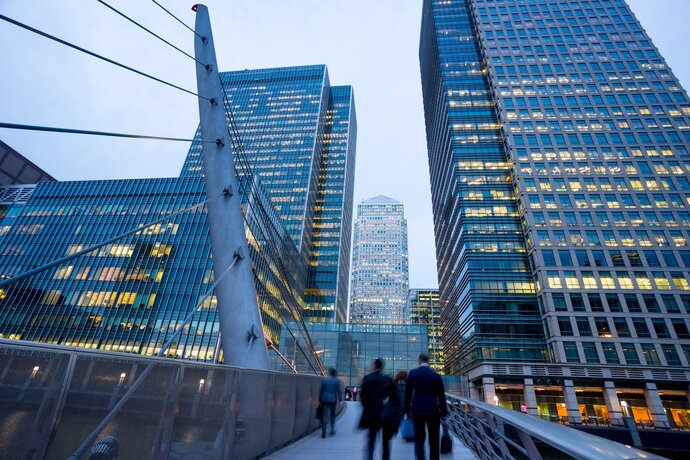Infrastructure & the Built Environment
The challenges of biodiversity management may be common with other projects and sectors, but the scale and spatial extent of infrastructure projects can vary enormously. We use our global experience of avoiding, minimising and mitigating impacts across land and seascapes to develop specific methodologies for assessing both linear infrastructure, such as roads and railways, and more spatially discrete projects, such as port facilities.
In terms of scale, infrastructure and the built environment covers everything from a single installation through to a city, and from roads, rail and airports to the utility networks that fuel and connect us. It also includes the wider range of built materials and their impacts throughout the supply chain.
As these infrastructure networks spread across our wild spaces to connect areas of industry and our urban environments, so can the negative impacts. Special attention needs to be directed at mitigating the pressures infrastructure networks place on biodiversity in these valuable and vital habitats and ecosystems.
Some examples of where we have worked are our tailored fragmentation analysis for Rio Tinto’s ambitious rail infrastructure in Guinea to identify high risk areas and to optimise the design of rail crossings to improve landscape connectivity. And in Mongolia, where Oyu Tolgoi’s vast high and medium voltage powerlines threatened migratory birds before our mitigation options reduced collision and electrocution impacts (as well as satisfying lender requirements).

